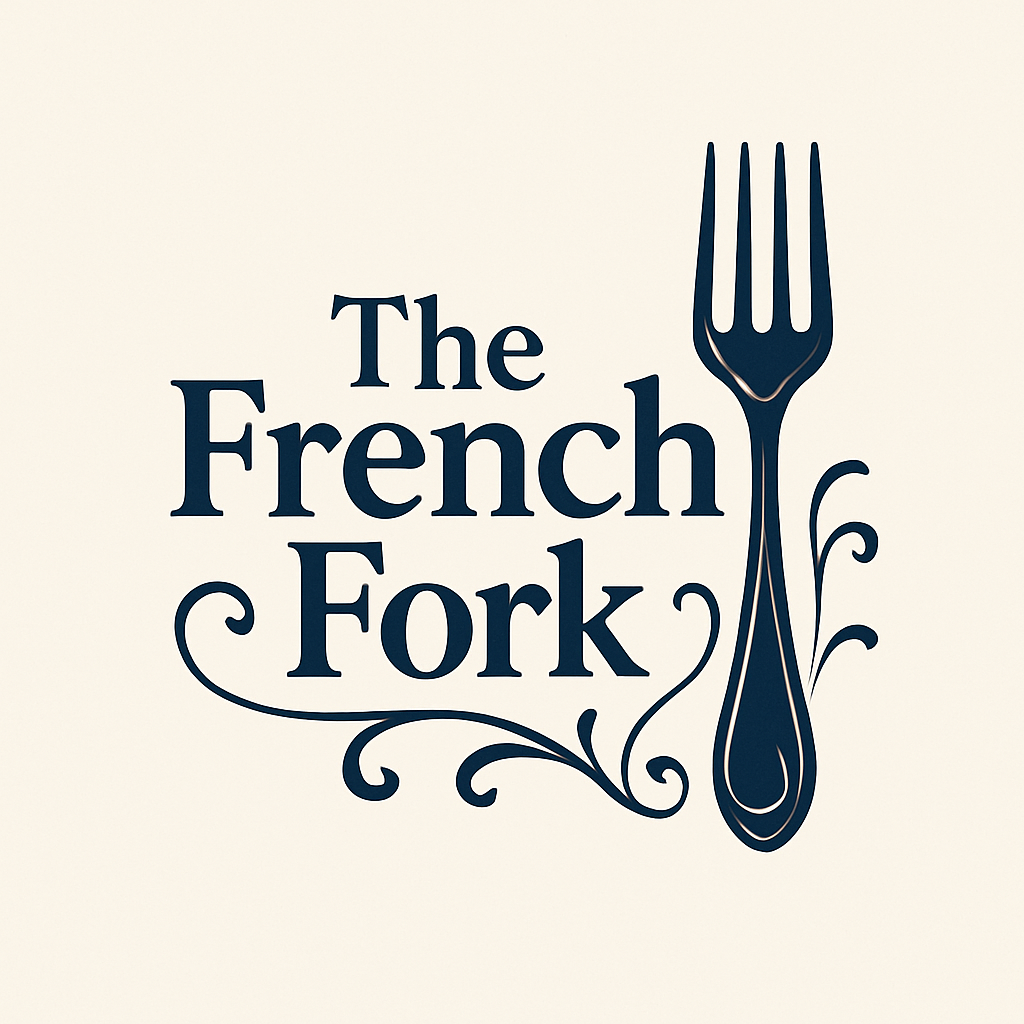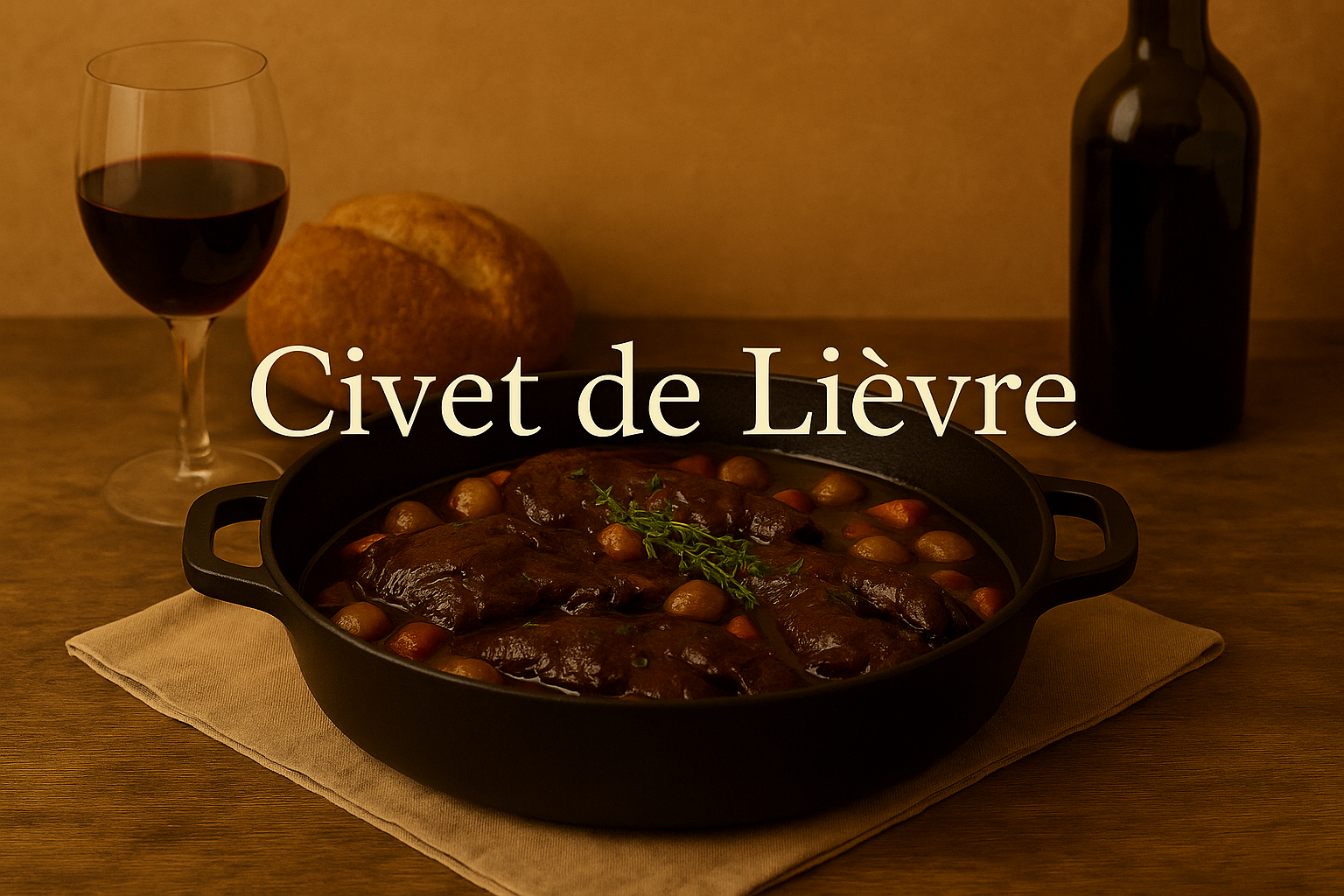"Civet de Lièvre Recipe – Classic French Hare Stew in Red Wine from the Loire Valley"
The French Fork
Archives
"Civet de Lièvre Recipe – Classic French Hare Stew in Red Wine from the Loire Valley"
SIGN UP FOR OUR NEWSLETTER
Civet de Lièvre |
The deep, wine-braised heart of the Loire Valley — a stew that tastes of autumn and patience. |

The French Fork
Oct 22, 2025
There’s a certain quiet that settles over the Loire Valley in late October — the vines turning to fire, the mist clinging to the riverbanks, the first scent of woodsmoke curling through the air. In small kitchens tucked behind stone walls, the old rhythm returns: the slow simmer of game in red wine, the patience of a dish that takes its time becoming something extraordinary.
Civet de Lièvre is not a meal for hurry. It’s a ritual. The hare is marinated overnight in wine and herbs until the scent alone could make a hunter weep — thyme, bay, peppercorns, juniper, garlic. The next day, the meat meets the heat, browned in lard and sealed in its destiny: a long, slow marriage with wine, carrots, onions, and the dark alchemy of blood or a little chocolate — both traditional, both mysterious, both beautiful.
The sauce thickens to something that clings to the spoon and coats the heart. It’s the kind of dish you serve when the rain refuses to stop, when the candles flicker, when the only sound left is the bubbling of the cocotte.
No two civets are alike — every cook, every village, every grandmother adds her whisper to the pot. In the Loire, it’s often a touch of Cognac or a spoon of rabbit’s blood for that rich, silken depth. In other regions, a bit of bitter chocolate replaces it, like a secret no one quite admits.
Serve it with potatoes puréed so smooth they could comfort a saint, or ribbons of fresh tagliatelle that soak up every drop of sauce. And pour yourself a generous glass of the same red wine you cooked it with. The hare deserves it. So do you.
Recipe: Civet de Lièvre (Loire Valley Hare Stew)
Serves: 6
Ingredients
Instructions
Wine pairing
Stay in the valley — a Chinon Rouge or Bourgueil, both Cabernet Franc wines, bring that herbal, graphite depth that sings with game. If you prefer a softer note, a Saumur-Champigny with its silky texture and bright fruit will make every bite feel like velvet.
As the last spoon scrapes the cocotte, remember: in France, the best dishes are not born from recipes but from weather, hunger, and the courage to wait.
And if you ever find yourself in a village along the Loire on a misty November evening, follow the scent of red wine and thyme drifting from an open window — someone, somewhere, is making civet. |
